On day 6 of our trip from Vancouver to Tijuana we awoke in San Francisco. From there we would continue down the coast to our stop for the night at Pismo Beach – a small city between San Francisco and LA. We started the day by not going to Lombard Street. I had seen it, and Ted was now a local, leaving only Nick wanting to drive on the crookedest street in the world. When quizzed Nick on how he keen he was to go, given the traffic was likely to be heavy, he seemed a little diffident, so we skipped it. As Nick started to complain about this omission, not visiting Lombard Street become one of the highlights of the trip for Ted and I.
After a brief visit to see Ted’s home and family in leafy Palo Alto, Ted took us to the best coffee shop in the area, the ZombieRunner Cafe & Running Store on South California Ave, just off El Camino Real. Close by was the dive bar he typically visits on a Friday night – Antonio’s Nut House (sadly now closed, and the last of its kind in the affluent city). In one corner is an animated ape in a cage, which Ted claimed never to have noticed before, despite his many visits.
Carmel-by-the-Sea
From Palo Alto we headed to Santa Cruz to pick up Highway 1, and in an hour from there we were in Carmel-by-the-Sea on the Monterey Peninsular. It is a beautiful town, and much loved by artists. There are around 100 galleries in Carmel, many of which can be found along one road – Ocean Avenue.
Our first stop was the Mission Ranch. This nineteenth century ranch was restored by the former Mayor of Carmel, Clint Eastwood, and is now a hotel and restaurant. We had planned to have lunch there, but finding the restaurant closed we headed to the old Spanish Mission of San Carlos Borromeo del río Carmelo.
The Mission
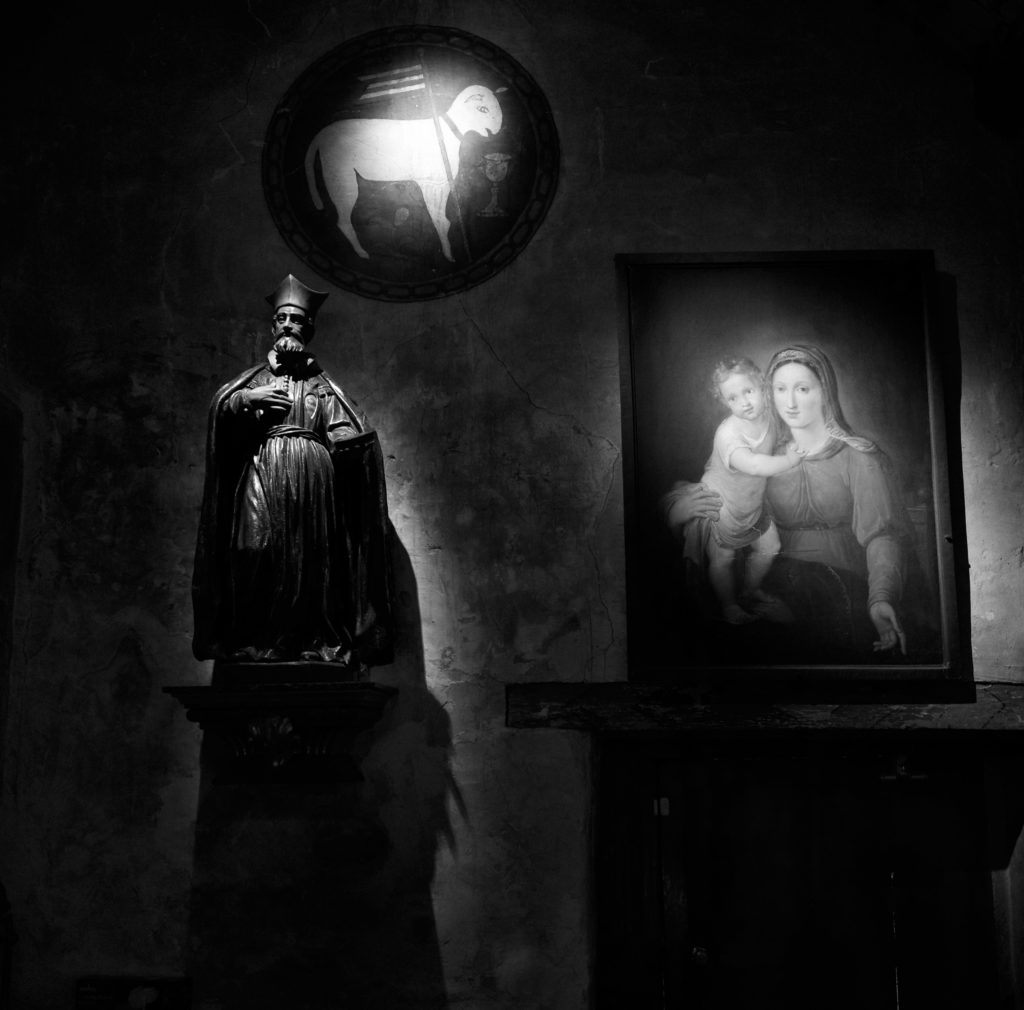
Carmel Mission was founded in 1770 and is one of the oldest of California’s 21 missions. These are all located on or near El Camino Real, a road named in honor of the Spanish monarchy which provided the finance for expeditions to California. It is also the only Spanish mission in California that has its original bell and bell tower.
It has been carefully restored and today it is both an active parish church and a museum. I was pleased to find a small statue and two paintings so beautifully lit in chiaroscuro fashion it would surely have found favour with Caravaggio, the orignal master of darkness and light. I took the shot shown here with my Leica Q, and was glad of its fast f1.7 lens, which operated in the gloom at only ISO 1,600 with the aperture wide open.
Being hungry by that time, we searched for somewhere to eat and were fortunate to come across to Tree House Cafe. Here you can dine on a combination of dishes from the Mediterranean, Greece and Thailand on a beautiful rooftop veranda.
Detour on Route 1
After lunch we got back onto route 1, eager to see Big Sur and to enjoy the views of the coast down to Pismo Beach. We stopped at the spectacular Bixby Canyon Bridge for me to take a few shots, though sadly the light was not great.
Just south of the bridge we found the road was closed due to a landslide. It was only then that we remembered that our friend James had mentioned landslides back in Portland, Sure enough, when we examined our much annotated map, James had routed us inland to avoid exactly what we were going to do next – drive all the way back up the Monterey Peninsular before taking Route 101 to avoid the landslide.
Unwilling to give up, Ted scoured the map for another route, and eventually came up with a small dotted line that crossed the mountains that separated coastal Route 1 from inland Route 101. Nick was skeptical of our Chevy Suburban’s off-road abilities, and we debated it for a while. I settled the matter by declaring the dotted line a goat track, and quite impassible. With the matter settled and no other options, we turned around and headed north. ‘Did I mention we need to be in Mexico by Friday?’ asked Ted once again.
On to Pismo Beach
With the detour it was dark when we arrived at Pismo Beach, once famed for an abundance of clams. Back in 1957 in an episode of Bugs Bunny, the eponymous rabbit and traveling companion Daffy Duck emerge from a tunnel, into what Bugs believed to be Pismo Beach with ‘all the clams we can eat.’ The clams are much diminished in numbers now, but there is still an annual festival in their honour, and the city claims to be the clam chowder capital of the world. A large clam statue at the southern end of Price Street ensures no visitor can miss the association.
The Pismo Beach Disaster
Soon after I returned to the UK from the trip I was watching the US crime drama Ray Donovan, when I was startled to hear Bunchy, Ray’s brother exclaim ‘Jesus, I moved my fucking family back from Pismo Beach for you, Ray!’ It’s also been mentioned in Futurama, Robot Chicken and the movie Clueless, which references the fictional Pismo Beach Disaster.
At night the back streets reminded me somewhat of Brighton in the UK – my second favourite seaside town after Deal, in Kent. We checked in at the very pleasant Inn by the Pier, and stopped for a quick pre dinner sharpener at the bar. Asking about the local hotspots our charming barmaid, Bobby, told us that wherever we went sooner or later we would end up at Harry’s. Everyone did. It sounded like destiny.
Dinner before Destiny
Not wishing to meet our destiny on an empty stomach we went for dinner at the nearby Oyster Loft at which we made a second enquiry about where we go for drinks afterwards. We were curious to be directed to the city of San Luis Obispo, some 20 minutes drive away. The courteous and professional staff there at the Oyster Loft also advised us that on no account should we visit Harry’s, which was 5 minutes walk away in Pismo Beach. I took a look at our options online; San Luis Obispo’s best known landmark appeared to be bubble gum alley – a narrow walkway with walls coated in used gum. In local news a female resident had just been sentenced to 8 years in jail for slashing her boyfriend’s throat with a box cutter. By way of contrast Harry’s Beach Bar and Night Club looked innocuous enough. We decided to go to Harry’s.
Death in Tijuana
Harry’s was not the worst bar I’ve ever been to by any stretch of the imagination, but I couldn’t recommend it. It was large and noisy and filled with older crowd whose careworn features and less than pristine dress gave the appearance that they had endured what we call in the UK ‘a hard paper round’. The charm that any good dive bar has was completely absent.
It was my round and I approached the bar. The woman next to me had drunk herself to the point of insensibility. She muttered to herself and swayed alarmingly on her stool so I moved to avoid a collision. A tall man to her right steadied her and started to take control of the situation, enquiring how she was going to get home and whether he could help her into a taxi. He seemed genuinely concerned and helpful. Surrounded by people who seemed likely to be considerably less noble than this, I silently gave thanks for his good citizenship.
I brought the round of beers to where Nick and Ted were standing. They had fallen in with a group that appeared less villainous that the rest of Harry’s guests and were discussing our forthcoming trip to Tijuana. ‘Don’t don’t do it man’, offered the largest person in the party, who was an ex US Marine. ‘Don’t go to Tijuana. I was there recently and I saw a man get kicked almost to death by school children’.
This alarming anecdote from an ex military type was only sightly worse than what we had heard all week. From Vancouver to Pismo Beach we were told that a trip to Tijuana meant we would almost certainly be robbed and were likely to encounter much worse – in this case a violent end at the hands of school children. This was to be the case until we reached San Diego and got some more balanced, first hand advice. Ted was phlegmatic about it. ‘As long as we remember the Spanish for help, we’ll be fine’ was his assessment.
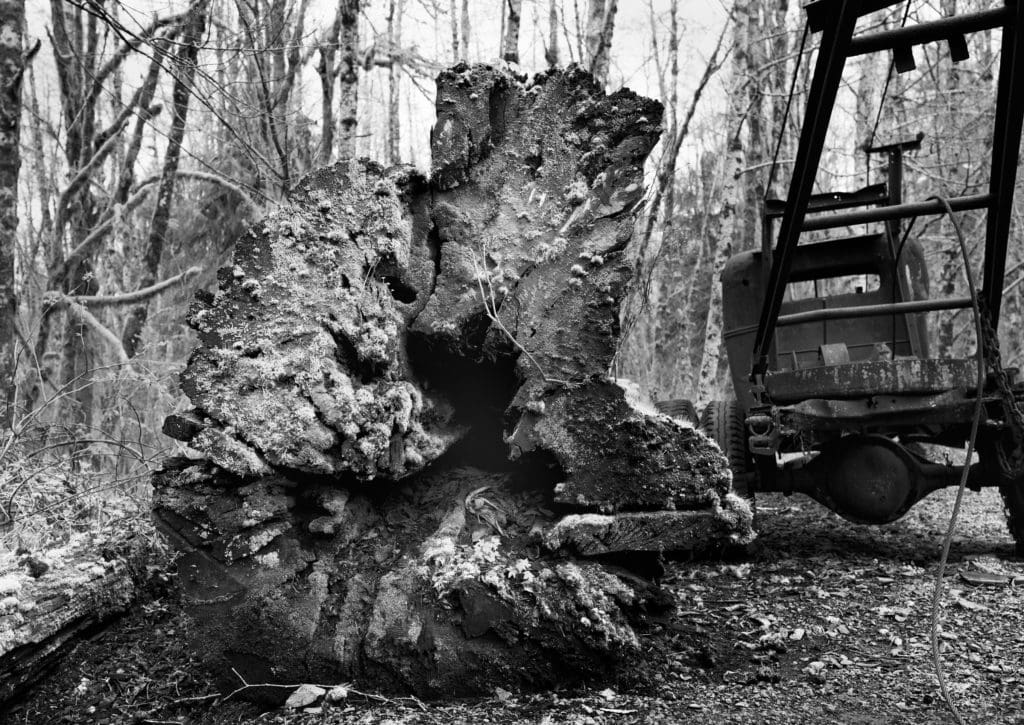 It was day four of our epic roadtrip from
It was day four of our epic roadtrip from 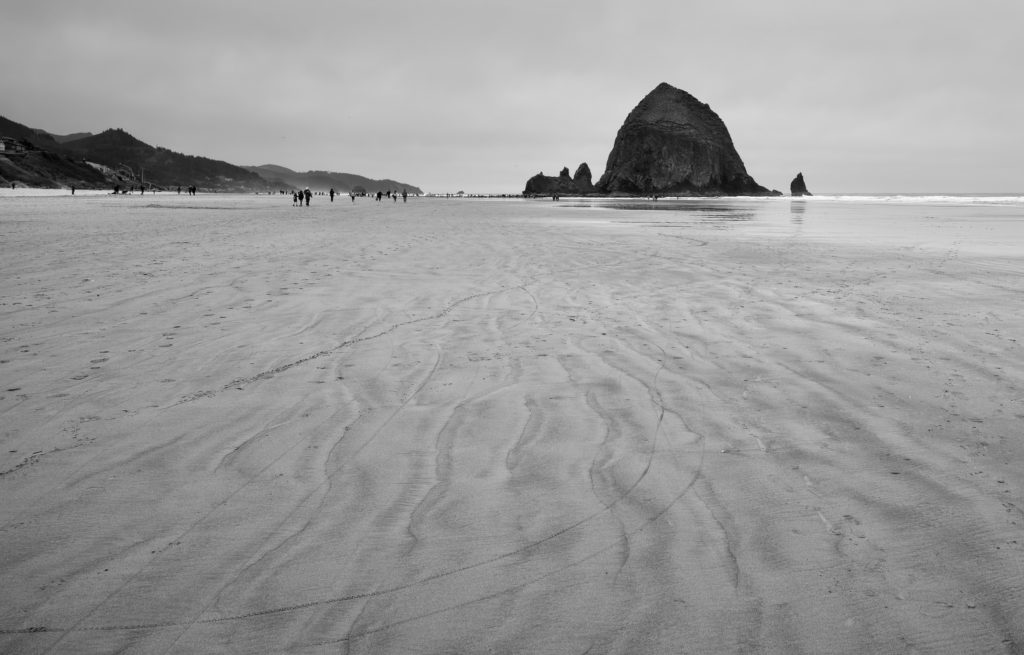 Cannon Beach
Cannon Beach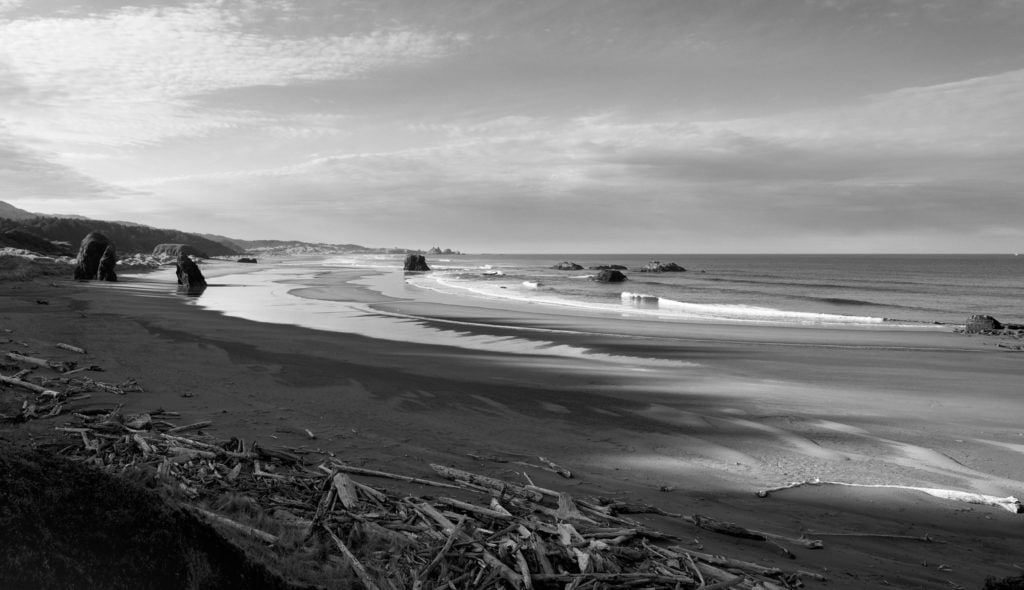 I remembered that there was a small shop some miles back towards Gold Beach, so we set off towards the town. After a few more close calls with deer we came to the Rogue River Grocery and Tavern in the apparently invisible community of Agness. As we entered the grocery, lit with an eerie yellow light quite possibly not of this earth, I noticed a large and rather disreputable looking stuffed turkey in one corner. The head had been removed at some point and glued back on, with a visible white join. The tavern was out back and in near darkness; a lone drinker sat motionless in the dark. Reviewing our our choice of ingredients for dinner we found them be be rather limited and settled on a couple of tins of spam, some burger rolls and a copious amount of assorted beer. With the certainty of eating established, albeit not very well, we quizzed the store keeper about what dining options there might be in Gold Beach. He shook his head disapprovingly. “You won’t get anything in town at this time of night. It’s all shut up now.” He spoke to us as if we had rolled in at midnight expecting dinner, but actually it was only 8.30 in the evening.
I remembered that there was a small shop some miles back towards Gold Beach, so we set off towards the town. After a few more close calls with deer we came to the Rogue River Grocery and Tavern in the apparently invisible community of Agness. As we entered the grocery, lit with an eerie yellow light quite possibly not of this earth, I noticed a large and rather disreputable looking stuffed turkey in one corner. The head had been removed at some point and glued back on, with a visible white join. The tavern was out back and in near darkness; a lone drinker sat motionless in the dark. Reviewing our our choice of ingredients for dinner we found them be be rather limited and settled on a couple of tins of spam, some burger rolls and a copious amount of assorted beer. With the certainty of eating established, albeit not very well, we quizzed the store keeper about what dining options there might be in Gold Beach. He shook his head disapprovingly. “You won’t get anything in town at this time of night. It’s all shut up now.” He spoke to us as if we had rolled in at midnight expecting dinner, but actually it was only 8.30 in the evening.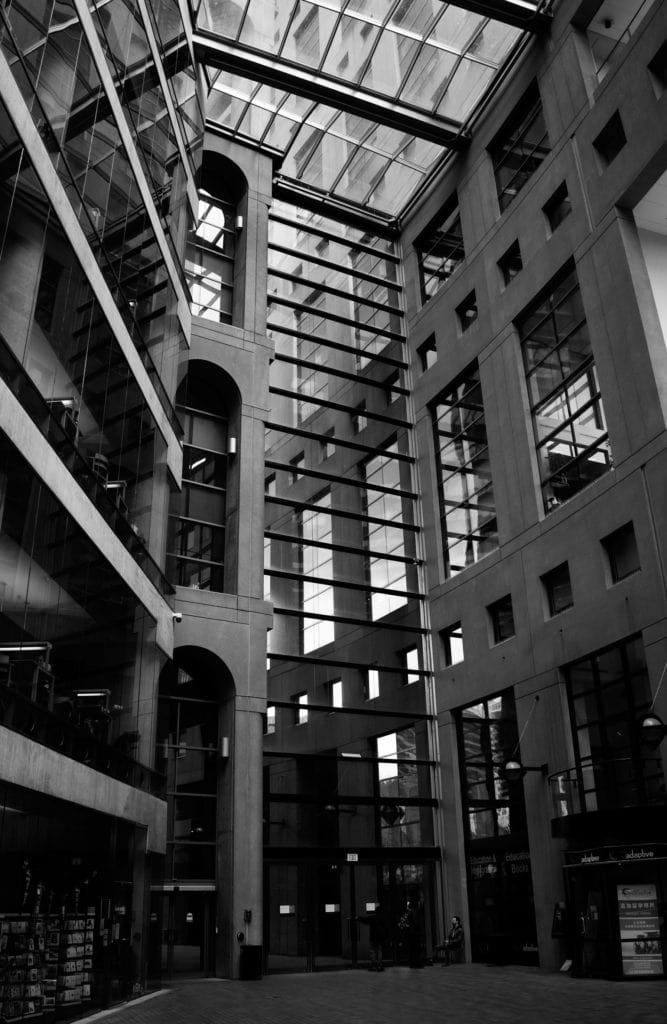 At the end of April 2018, I embarked on a week long roadtrip from Vancouver to Tijuana with two old friends. Our planning was limited to some banter on WhatsApp and covered just the start point, the end point, and the hotels we would stay in. All other details could be determined en route. We excluded Alaska from the scope of the trip – albeit with some regret, as it added another 40 hours of driving. The hotels, which were my responsibility, were rather unequally distributed, but that was where the way points fell on this trip: Vancouver, Seattle and Portland are all quite close together.
At the end of April 2018, I embarked on a week long roadtrip from Vancouver to Tijuana with two old friends. Our planning was limited to some banter on WhatsApp and covered just the start point, the end point, and the hotels we would stay in. All other details could be determined en route. We excluded Alaska from the scope of the trip – albeit with some regret, as it added another 40 hours of driving. The hotels, which were my responsibility, were rather unequally distributed, but that was where the way points fell on this trip: Vancouver, Seattle and Portland are all quite close together. In 2014 I visited Cuba. I had been shooting with professional photographer Ramses Batista for several days in
In 2014 I visited Cuba. I had been shooting with professional photographer Ramses Batista for several days in